 At a glance
At a glanceExpert's Rating
Pros
- Very good performer
- Affordable
- Sexy name
Cons
- Slowed drastically during 900GB write
Our Verdict
The WD Black SN7100 was the fastest PCIe 4.0/host memory buffer design I’ve tested — but it hit occasional snags writing huge amounts of data. Still, it’s our number one for the average user.
Price When Reviewed
This value will show the geolocated pricing text for product undefined
Best Pricing Today
The WD Black SN7100 is the latest of the company’s NVMe SSDs marketed for the gaming community. Hence the “Black” in the moniker.
The big pitch is that games have grown enormous so you need a larger SSD. No argument there, but WD might’ve highlighted the excellent (mostly) performance more saliently.
Read on to learn more about this killer drive, and then see our roundup of the best PCIe 4.0 SSDs for comparison.
What are the WD Black SN7100’s features?
The Black SN7100 is a single-sided, 2280 (22mm wide, 80mm long) PCIe 4.0, NVMe SSD featuring a Sandisk (a subsidiary of WD) A101-000172-A1 controller and layered BiCS8 NAND — the latest.
It’s a host memory buffer (DRAM-less) design, meaning it uses your device’s system memory for primary caching duties. A certain amount of NAND will be written as single-layer cell (1-bit) for secondary cache duty.
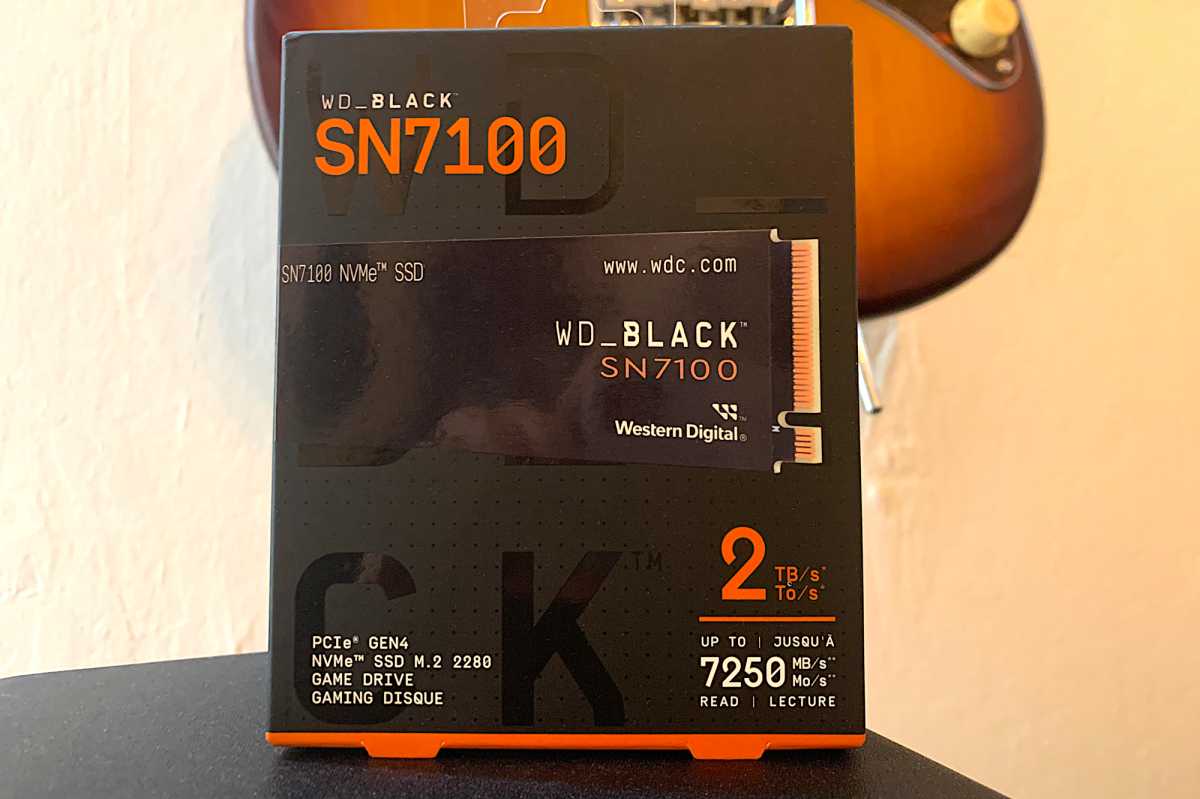
The SN7100 is warrantied for five years and the TBW rating (guaranteed terabytes that may be written) is 600 per TB of capacity — average for a budget TLC SSD. While users are unlikely to hit that TBW, the worst that can happen is the drive will simply go into read-only mode. You won’t lose any data.
How much is the WD Black SN7100?
At the time of this writing, the WD Black SN7100 is priced on Amazon as follows: 500GB capacity for $60, 1TB for $80, and 2TB (tested) for $160. It’s not the cheapest SSD around, but certainly competitive in that regard.
How fast is the WD Black SN7100?
In initial testing with synthetic benchmarks, the 2TB Black SN7100 proved the fastest PCIe 4.0 host memory buffer (HMB) design SSD we’ve put through the wringer so far. Not by a huge margin, but noticeably, as you can see in the CrystalDiskMark 8 sequential transfer numbers below.
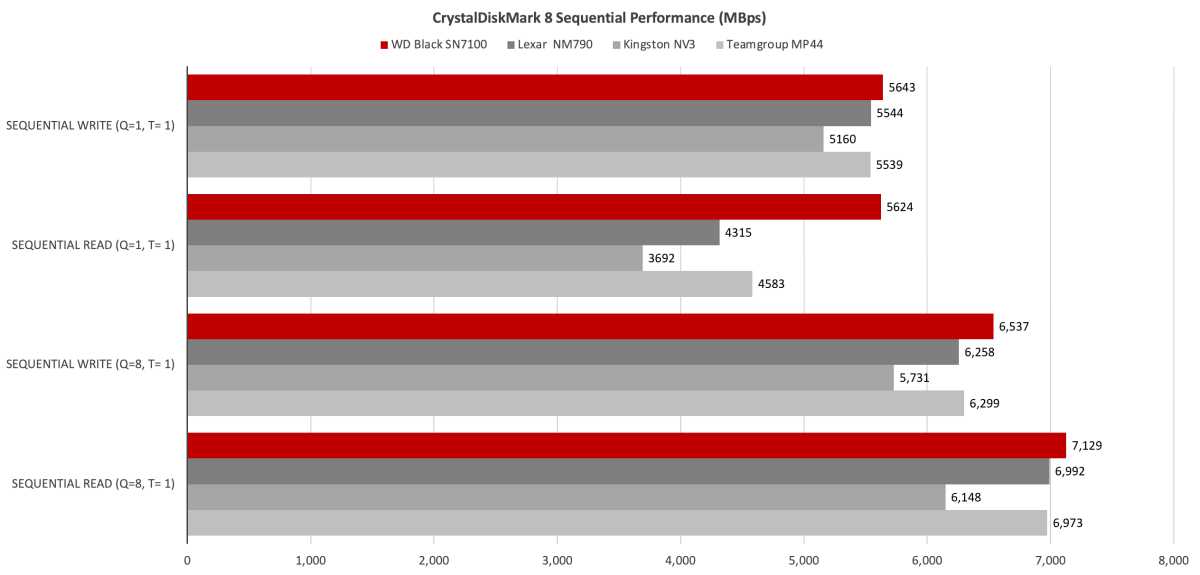
Random performance under CrystalDiskMark 8 was also excellent. Consider the Lexar NM790’s performance in this test an aberration as it was otherwise a very fast performer.
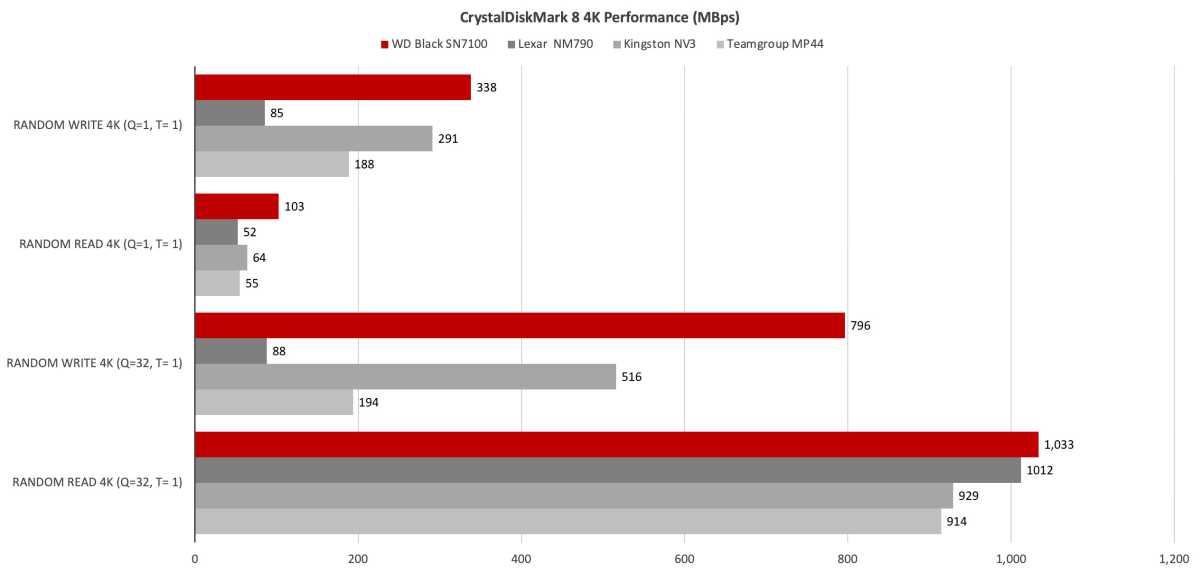
While still fast at our 48GB transfers, the SN7100 was not the fastest. These tests have a margin of error of 2 or 3 seconds.
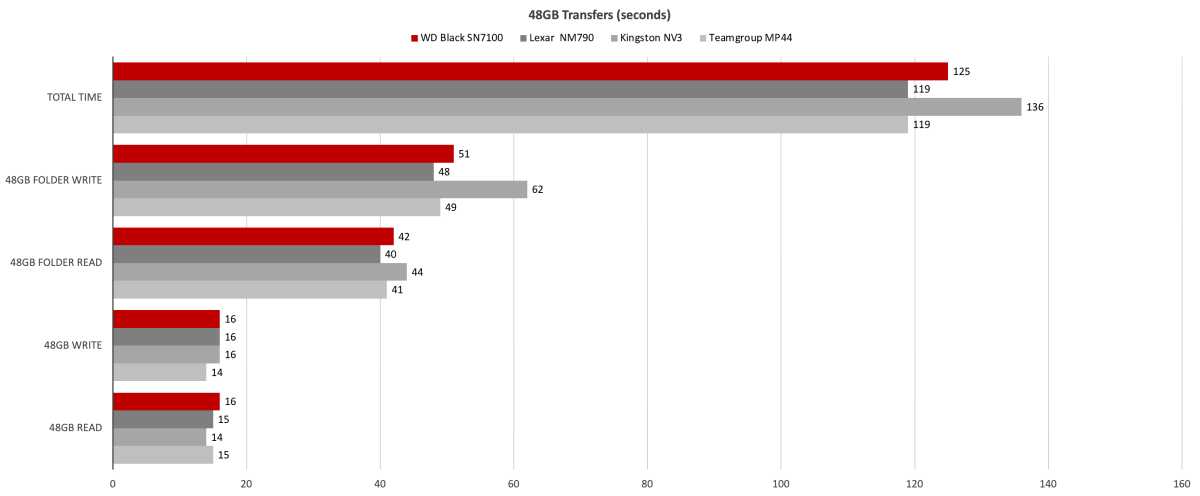
The margin of error in the 450GB write is also several seconds, but certainly not the 20-second gap that the Kingston NV3 pulled on the other SSDs. Host memory buffer implementations are far better than they were at first, but still vary.
The 2TB Black SN7100 proved the fastest PCIe 4.0 host memory buffer (HMB) design SSD we’ve put through the wringer so far.
The reason for the Teamgroup MP44’s slower 450GB performance was a rather parsimonious helping of secondary cache.
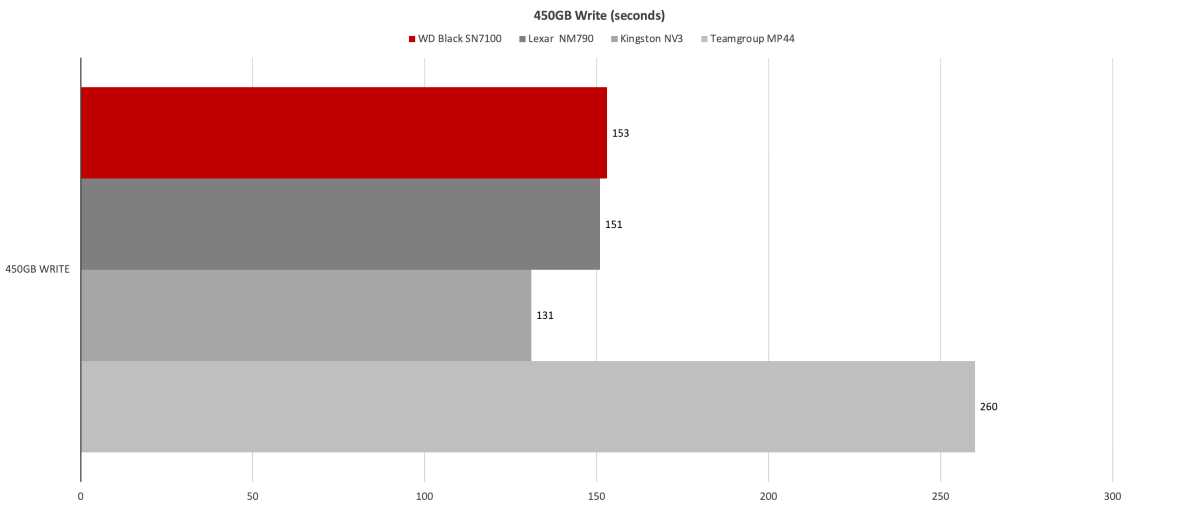
Once the official tests were finished I tried writing another, larger 900GB — something I do to quickly fill the drive to test it with limited free NAND. The write pace during this operation plummeted to around 100MBps (average) in a fashion normally associated with QLC. Not something I was expecting from modern layered BiCS8 TLC NAND.
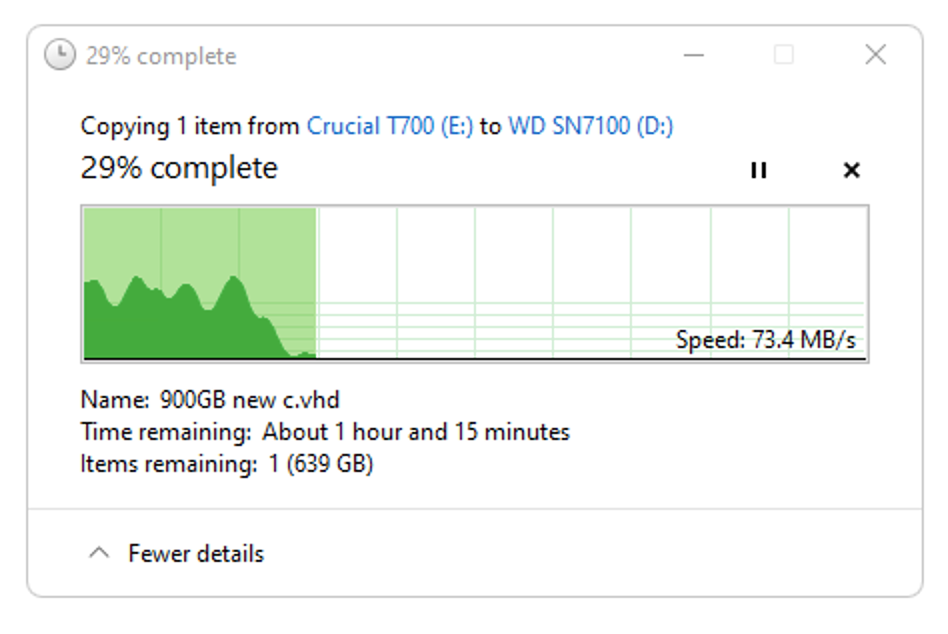
On several subsequent 900GB writes, speeds started dropping sooner (after around 100MB) and vacillated wildly between 50MBps and 2GBps — albeit mostly closer to the slower speed. Note that the PCIe 5.0 Crucial T700 used as the source drive is capable of reading at close to 14GBps.
On the other hand, several subsequent 450GB writes showed what I’d expect when writing modern TLC natively — a relatively stable 500MBps to nearly 1GBps. Go figure. Perhaps the drive was intimidated by the uber-large file — or, more likely, the controller caching or HMB logic couldn’t handle it.
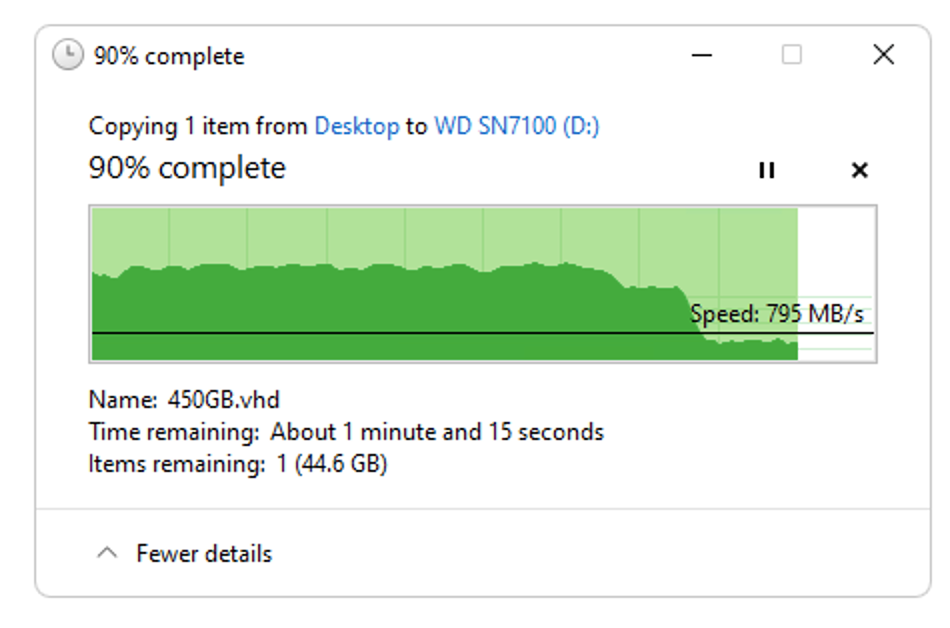
I immediately got on the horn to WD, but the company hadn’t sussed out the issue or relayed any theories as of this writing.
Realistically, most users spend the vast majority of their gaming time reading data, not writing 900GB chunks of it. As writing a 450GB chunk proceeded normally, my discussing these aberrations is much the tempest in a teapot.
Should you buy the WD Black SN7100?
Though I’d feel more secure in my assessment if the WD Black SN7100 hadn’t had issues with the 900GB write, that’s far outside the realm of normal use, so I’m still calling it one of, if not the top dog in t
Accedi per aggiungere un commento
Altri post in questo gruppo

It’s hard to find a good budget laptop, especially one that packs eno
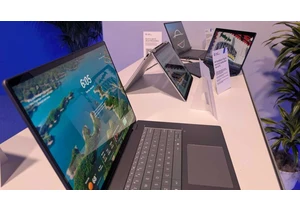
At HP Amplify 2025, the company’s big annual conference for showcasin
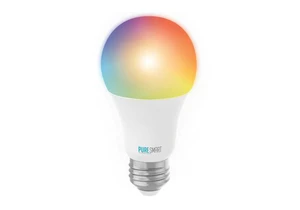
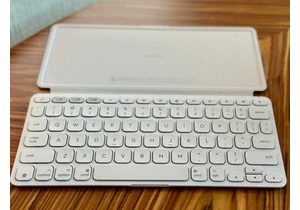
iPad users already know how great it is to do work on a tablet, as lo
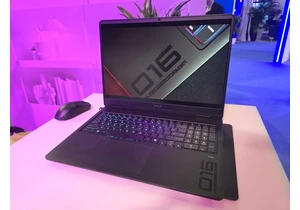

Before the internet, phonebooks let you look up the names, addresses,
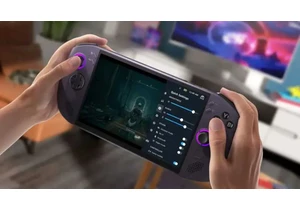
The wait is almost over. You can get Lenovo’s curvy new Legion Go S g
